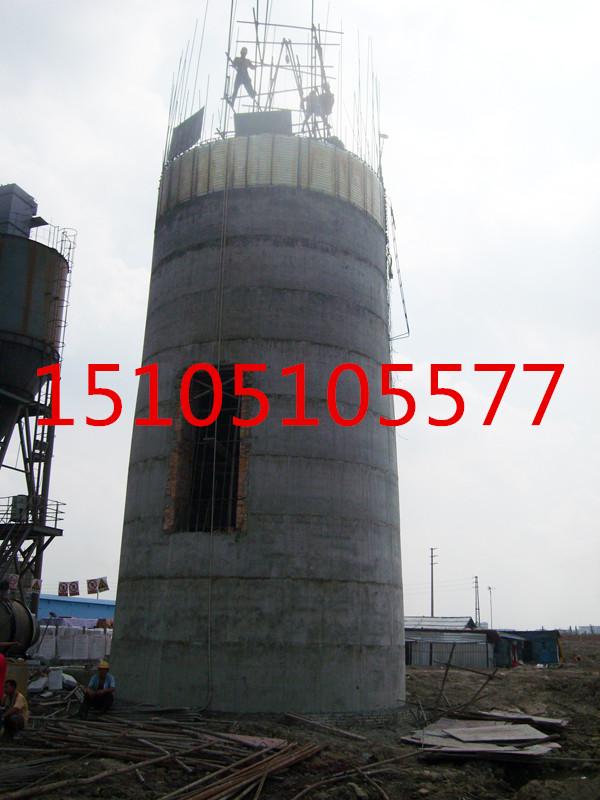Main Construction Method 1. The basic structure is constructed first, followed by foundation excavation, welding, inspection, cushioning, steel banding, pouring of foundation concrete, installation of the outer cylinder steel, formwork for the outer cylinder, pouring of the outer cylinder concrete, removing the formwork, curing the concrete, accepting the foundation concrete, and backfilling. 1.1 When excavation is required, a slope of 1:0.5 should be maintained, leaving 1 meter of space for construction operations. Drainage ditches should be dug, and mechanical excavation should proceed to a depth of -2.20 meters. Manual cleaning of the bottom and flat trench is necessary, followed by the removal of remaining soil. The positioning of the line must be checked by measurement personnel and approved by the relevant department before pouring the concrete cushion. The cushion concrete should be vibrated, compacted, and leveled. A circular layout with a radius of 5.2 meters is established, and a 120 mm thick ordinary brick wall is built up to a height of 800 mm, acting as a substitute for the outer formwork of the lower base cap. 1.2 Before tying the reinforcement bars, the construction team should receive detailed instructions. Welders need to work closely during the binding process. After completion, self-inspection is conducted, and a self-inspection form is filled out. Reinforcement binding must strictly follow the drawings and specifications. Due to the integrity and uniqueness of the chimney's base steel, it must be inspected during construction and pass the initial acceptance. The number of lashing joints in the same section should not exceed 25%, and the spacing of the reinforcement bars must meet both design and regulatory requirements. 1.3 Cup mouth template: The cup mouth template (receiving type) is assembled using 3015 templates and special joint plates. Blocks are staggered when assembling. The vertical surface is lined with red bricks as the inner mold of the cup. Steel plates of φ10 are tied to the steel formwork according to the diameter of different cross-sections of the outer cylinder. A total of six roads are bundled, with φ10 round steel set vertically at 500 mm spacing, and horizontal hoops are spot-welded. The bottom is welded to the embedded part on the bottom plate to prevent the outer tube template from shifting. After the inner surface of the template is tied with five steel bars, it is fixed on the outer side of the reinforcement bar with 200×50×4000 planks placed every 0.9 m along the circumference. It is clamped with scaffolding tubes. 1.4 Concrete Engineering: Before pouring, check the dimensions and support of the formwork to ensure it does not shift or deform. Clean any debris inside the formwork and rinse with water. The concrete should be poured in layers, with each layer less than 400 mm high. The mix should be symmetrically vibrated as per regulations. After pouring, it should be covered with plastic film and kept moist by watering. Curing should last at least 7 days. The concrete cannot be used until its strength reaches 1.2 Kpa. Mounting of the template and bracket. Wuxi Ark Technology Electronic Co.,Ltd. , https://www.arkledcn.com
